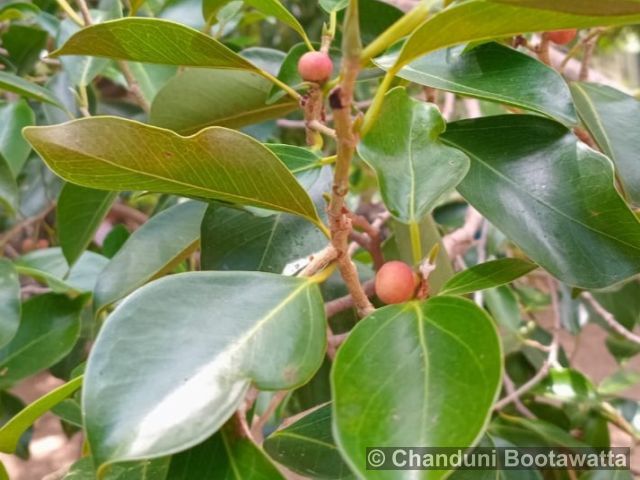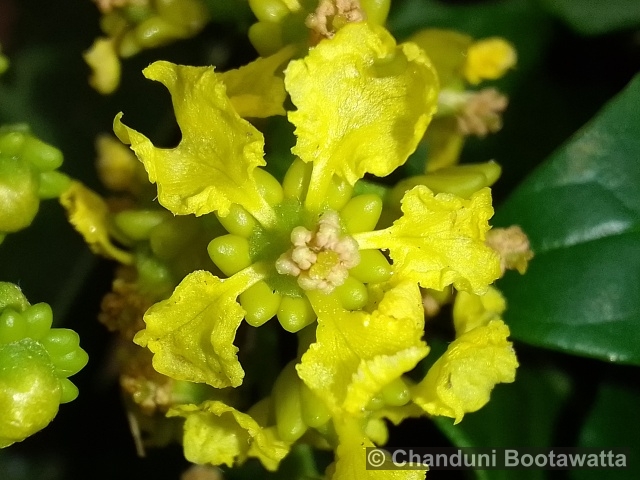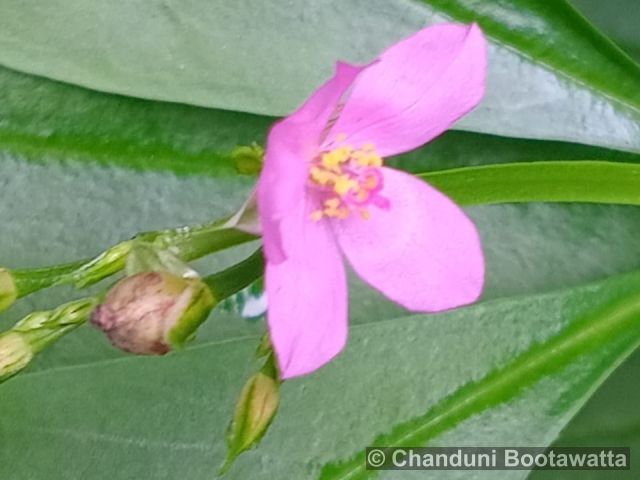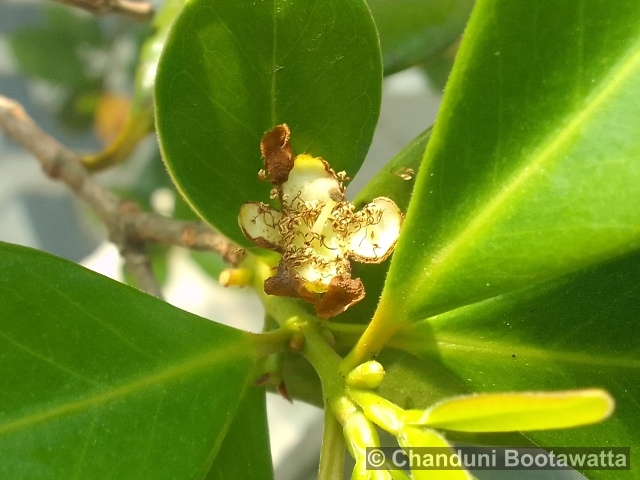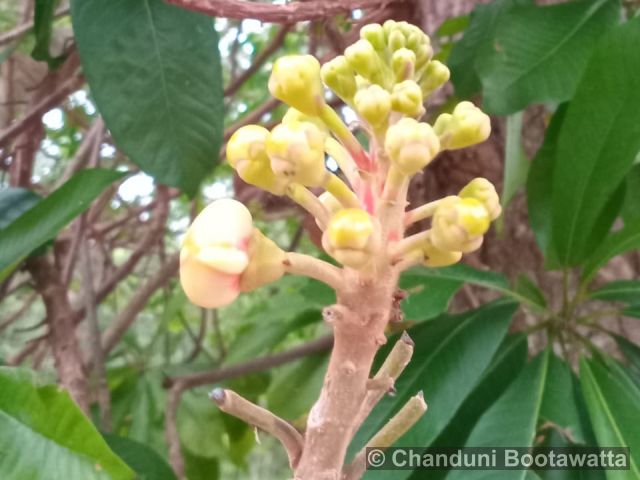Tento příspěvek byl přečten116krát!
Downy rose myrtle, Hill gooseberry, Ceylon hill gooseberry, Downy myrtle, Rose myrtle, Kemunting, Wild Guava
Syn.: Myrtus tomentosa Sol. in W. Aiton; Rhodomyrtus tomentosus (Ait.) Hassk.; Cynomyrtus tomentosa (Sol.) Scriv.
Family – Myrtaceae, myrtovité
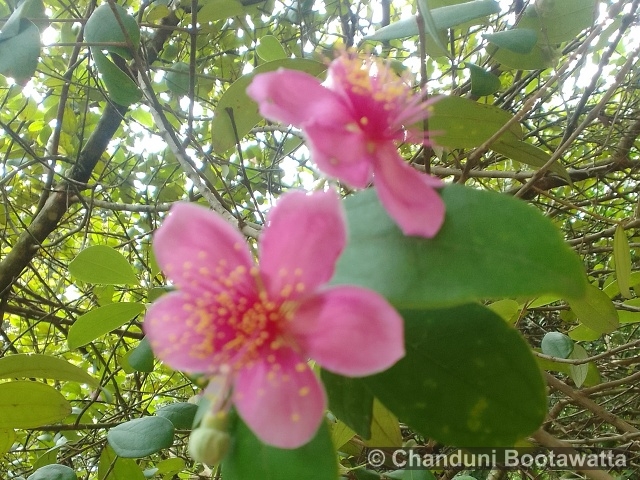
Description: The plant typically grows up to 4–5 meters tall and has a dense, bushy appearance. Its trunk and branches are slender with a slightly rough, grey-brown bark. The leaves are leathery, dark green, and oval-shaped with a velvety underside—hence the name tomentosa, meaning „hairy.“ The plant produces attractive pink to purplish flowers with five petals, which bloom mainly in the summer. These are followed by small, round, dark purple fruits that are edible and have a sweet-sour taste.
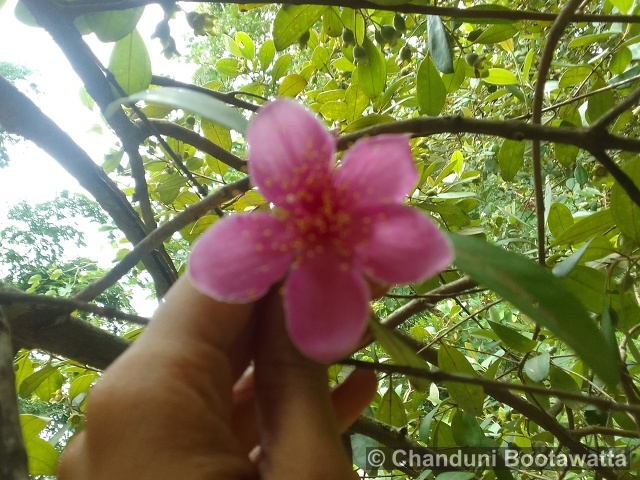
Substitutions – Syzygium cumini (Java Plum / Jambolan): Produces small, purple fruits with similar antioxidant properties.Used in traditional medicine and for making juices or jams. – Psidium guajava (Guava): Has similar medicinal uses (anti-inflammatory, antimicrobial). Edible fruit, rich in vitamin C. – Eugenia uniflora (Surinam Cherry): Shrub with edible red fruits and ornamental value. Commonly used in hedges or as fruit-bearing garden plants.
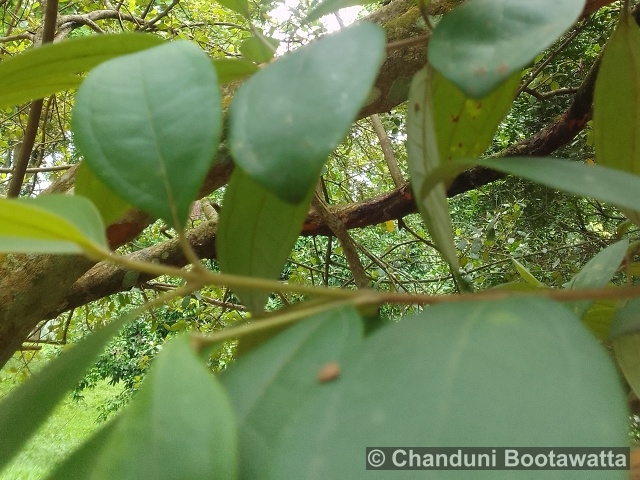
Ecology: Grows best in warm, tropical to subtropical climates with full sun to partial shade, well-drained slightly acidic soil, moderate to high rainfall, and prefers consistently moist conditions, though it can tolerate short dry periods; it is not frost-tolerant and thrives from sea level up to 1500 meters.
General Distribution: Generally distributed across Southeast Asia, including Sri Lanka, India, China, Thailand, Vietnam, Malaysia, Indonesia, and the Philippines.
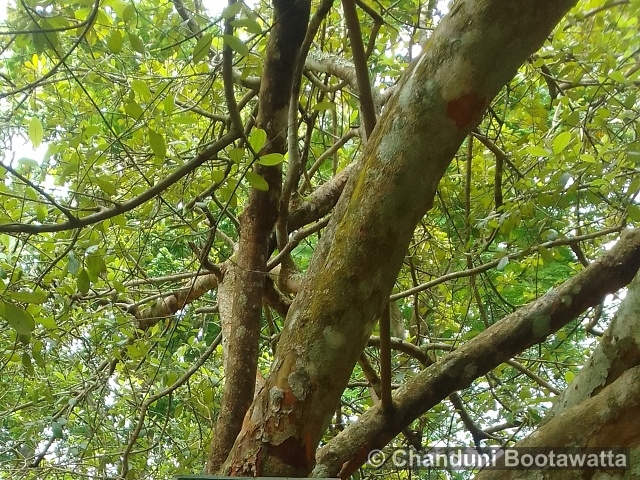
Use: Rhodomyrtus tomentosa is used in traditional medicine for its antibacterial and anti-inflammatory properties, and its fruits are also used in jams, juices, and local desserts. Additionally, it serves as an ornamental plant due to its beautiful flowers and fruits.
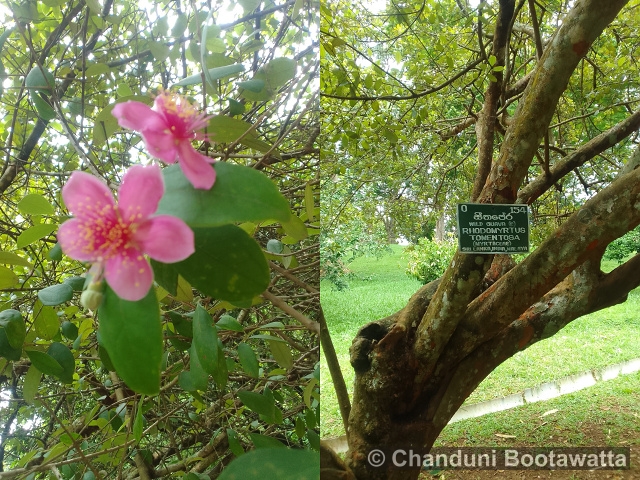
Author of text and photos: Chanduni Bootawatta.
Photographed in Peradeniya Botanical Garden, Sri Lanka on 22 June 2025.



 Poslat emailem
Poslat emailem
